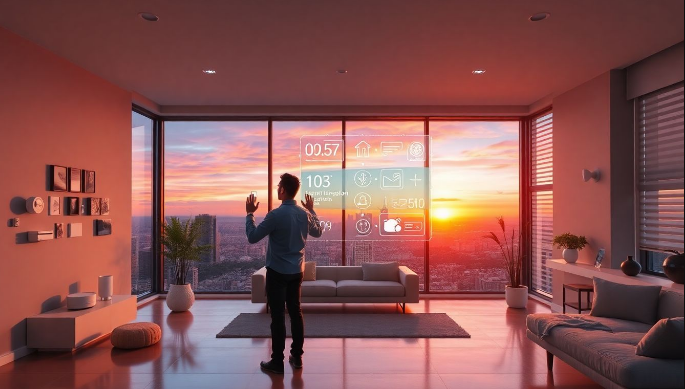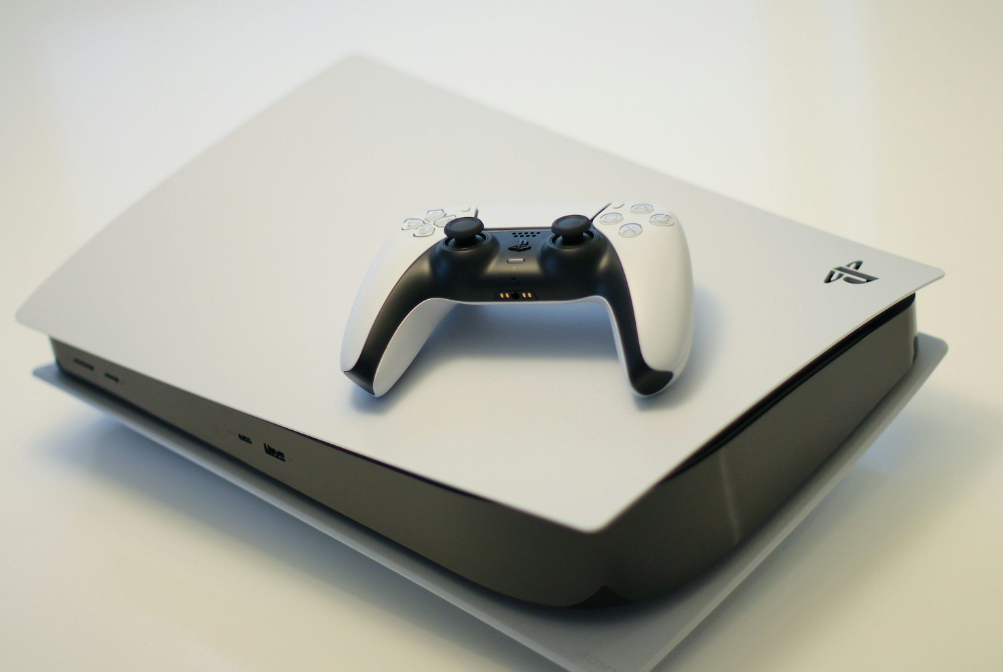Smart Home & IoT: Transforming Living Spaces with Cutting-Edge Technology

Introduction
Smart home and IoT technology are growing fast. More homes now use connected devices that make life easier. They improve security, save energy, and add comfort. Experts predict the market size of smart home devices will reach billions. This shows how popular they’re becoming. Want to see how IoT is changing homes? Keep reading. We’ll explore key devices, security tips, and future trends. Find out how these tech tools can upgrade your home.
Understanding Smart Home & IoT: Fundamentals and Definitions
What is a Smart Home?
A smart home uses devices that connect to each other. These devices work together to automate tasks. Think of smart lighting turning on when you enter or a thermostat adjusting to your schedule. Core parts include:
- Connected devices like smart locks and cameras
- Automation systems that control these devices
- User interfaces such as apps or voice controls
What is the Internet of Things (IoT)?
IoT is a network of devices connected to the internet. These devices share data to perform tasks. For example, smart thermostats learn your habits and save energy. They communicate using protocols like Wi-Fi, Zigbee, or Z-Wave, which allow devices to talk to each other smoothly.
The Intersection of Smart Homes and IoT
Smart homes rely on IoT to work. IoT connects devices into a single system. This synergy creates an efficient, easy-to-use environment. When devices are integrated, they can automate routines and improve security. An IoT-enabled smart home is smarter, safer, and more comfortable.
Key Components of a Smart Home IoT Ecosystem
Smart Security Systems
Security devices protect your home and loved ones. These include:
- Surveillance cameras that record footage
- Smart locks you control from your phone
- Alarm systems that alert you to intruders
For instance, a Ring security system can be monitored remotely. These gadgets give peace of mind, day or night.
Smart Lighting
Smart lights make your home more energy-efficient. They also let you set different ambiances. Popular devices include:
- Philips Hue
- LIFX smart bulbs
You can turn lights on or off with an app or voice commands. Plus, you can schedule lighting to save power and create a cozy mood automatically.
Climate Control Devices
Smart thermostats like Nest or Ecobee adjust your home’s temperature. They learn your habits and save energy. Sensors detect temperature, humidity, and even air quality, making your home more comfortable and healthy.
Home Appliances and Entertainment
Smart refrigerators, washing machines, and ovens connect to your Wi-Fi. They let you control and monitor them remotely. Voice assistants like Amazon Alexa or Google Assistant let you play music, set reminders, or ask questions hands-free.
Data Storage and Connectivity
Cloud platforms hold your data securely. Edge devices process information locally for quick responses. These technologies ensure your smart home runs efficiently and securely.
Benefits of Implementing IoT in Smart Homes
Enhanced Security and Safety
Smart security helps protect your home around the clock. You get alerts on your phone if something unusual happens. Automated locks and alarms make your home safer. Data insights also help prevent risks before they happen.
Energy Efficiency and Cost Savings
Smart thermostats and lighting cut electricity bills. For example, a smart thermostat can reduce energy use by adjusting heating and cooling based on your schedule. Over time, these devices save you money and help the environment.
Convenience and Comfort
With IoT, routines become effortless. Lights turn on when you come home, or the thermostat adjusts before you wake up. Voice control makes managing devices easy, even when your hands are full.
Increased Home Value
Homes equipped with smart tech tend to fetch higher prices. They appeal to buyers who want modern, connected living spaces. Real estate experts say this tech adds long-term value.
Challenges and Security Risks in Smart Home IoT
Privacy Concerns
Smart devices collect lots of data. This info can be misused if not protected. Always set up a secure network and update firmware regularly to guard your privacy.
Security Vulnerabilities
Hackers may target IoT devices. Common issues include weak passwords or unpatched software. Use strong passwords, multi-factor authentication, and keep devices updated to stay safe.
Interoperability and Standardization Issues
Different brands sometimes don’t work well together. Standard protocols like Matter are changing this. They aim to make devices from various brands compatible.
Cost and Complexity of Implementation
Buying and installing smart tech can be expensive and tricky. Start small, focusing on critical systems. As you get comfortable, upgrade gradually. This approach makes the process manageable.
Future Trends and Innovations in Smart Home IoT
Artificial Intelligence and Machine Learning Integration
AI will make homes smarter. Devices will learn patterns and optimize energy use or maintenance. For example, AI-driven energy systems can predict when to turn off appliances to save power.
5G and Edge Computing Impact
Fast 5G networks allow real-time responses for smart devices. Edge computing processes data locally, reducing lag. Together, these improve automation and security.
Sustainable and Eco-Friendly Smart Homes
Smart homes will adopt eco-friendly features. Solar power systems and water-saving devices will become common. IoT can monitor water or electricity use, helping reduce waste.
Increased Adoption of Standardized Protocols
Protocols like Project Connected Home over IP (CHIP) promote device compatibility. This makes it easier to build and expand your smart home without worries.
Actionable Tips for Building a Smart Home IoT Ecosystem
- Start with must-have devices, like security cameras or thermostats.
- Use strong Wi-Fi passwords and consider a VPN.
- Pick devices supporting new standards like Matter.
- Keep firmware updated to protect your devices.
- Consider professional help for complex setups.
- Plan for future upgrades to grow your system easily.
Conclusion
IoT has changed how we live at home. It makes homes more secure, energy-efficient, and comfortable. But always remember to focus on security and privacy. Future tech like AI, 5G, and green solutions will keep pushing smart homes forward. Take the first step today—research devices, think about your needs, and build a smart home you can trust. Your smarter, safer, more connected home awaits.






